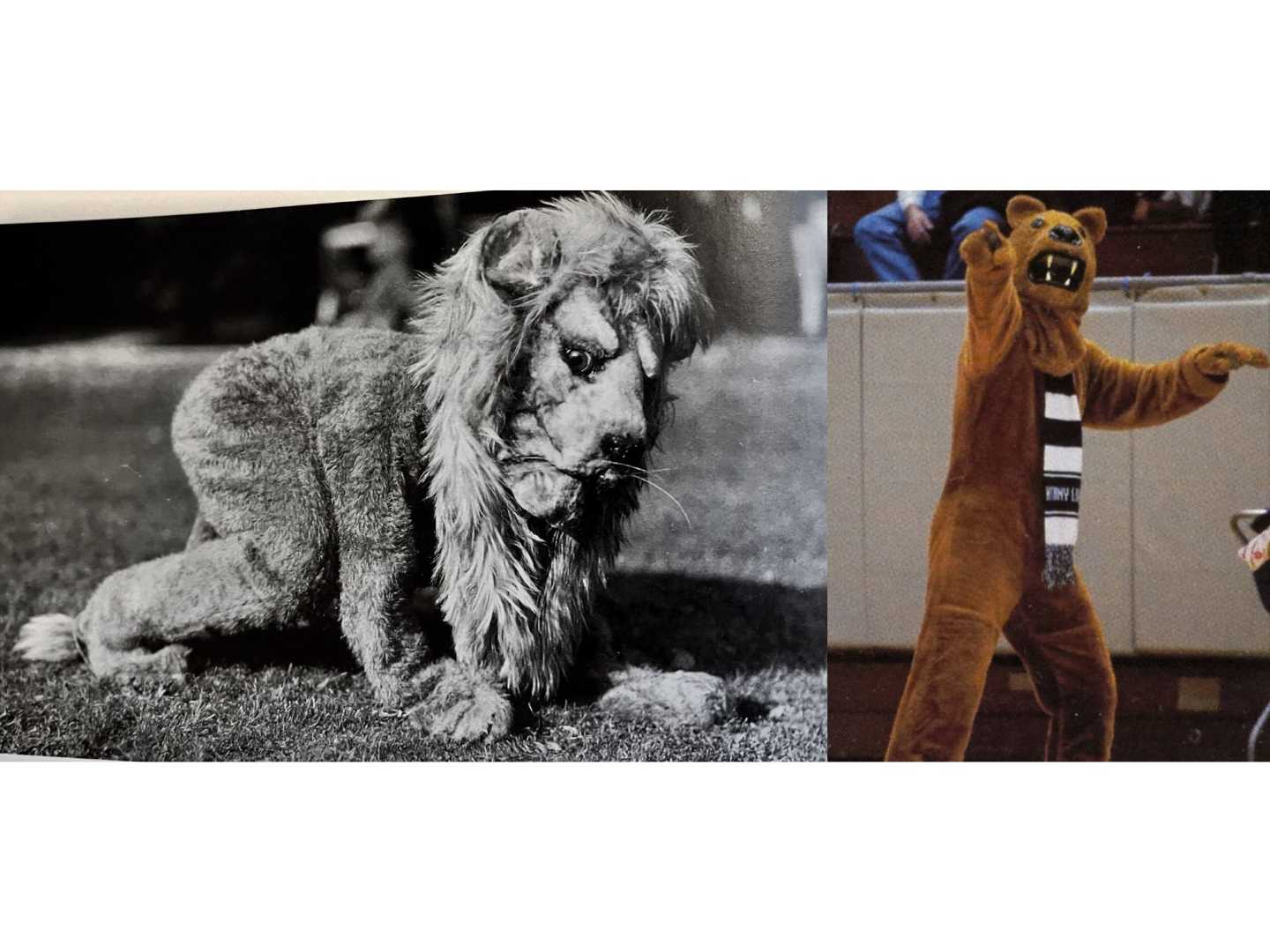Sports
Penn State Nittany Lions: The Origin of a Unique College Mascot

The Penn State Nittany Lions, one of college sports’ most iconic mascots, have a history as unique as their name. The Nittany Lion, a symbol of pride and tradition for Penn State University, traces its origins back to a spontaneous moment of school spirit in 1904.
According to historical accounts by authors Jackie Esposito and Steven Herb, the Nittany Lion was born during a baseball game between Penn State and Princeton. When a Princeton player boasted about their tiger mascot, Penn State third baseman Harrison 'Joe' Mason retorted by inventing the Nittany Lion on the spot, referencing Mount Nittany near the university. Mason declared that the Nittany Mountain Lion, which ‘has never been beaten in a fair fight,’ was Penn State’s mascot.
The name stuck, and in 1907, Mason and fellow students began advocating for its official adoption through The Lemon, Penn State’s first humor magazine. Mason’s poetic plea for the Nittany Lion as the school’s mascot resonated with the student body, and the nickname gradually gained traction.
Despite the absence of actual mountain lions in the area—the last one in Centre County was recorded in 1893—the Nittany Lion became a beloved symbol. The first mascot costume, introduced in 1921, was a makeshift lion outfit from a campus theater production. A more accurate mountain lion costume debuted in 1939, solidifying the Nittany Lion’s place in Penn State lore.
Today, the Nittany Lion is immortalized in the Nittany Lion Shrine, a statue by sculptor Heinz Warneke dedicated in 1942. While Penn State and Princeton have not faced off in football since 1900, the Nittany Lion remains a fierce and enduring emblem of Penn State’s athletic and cultural identity.












